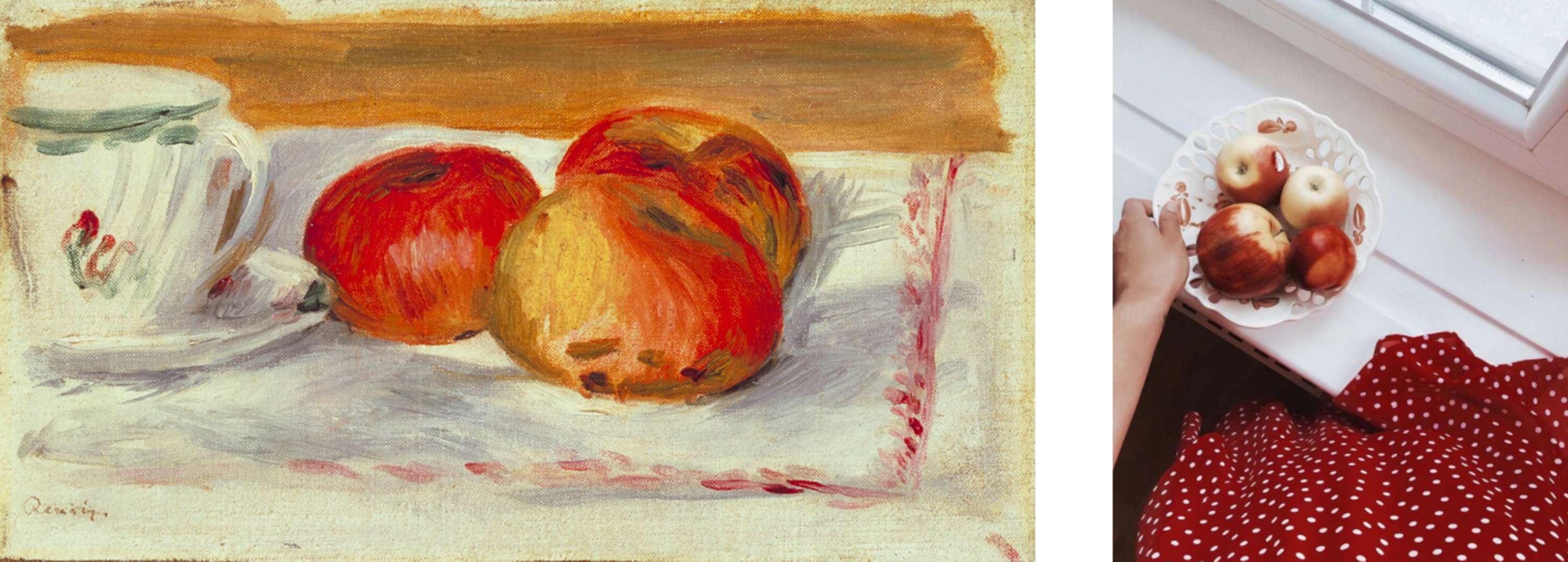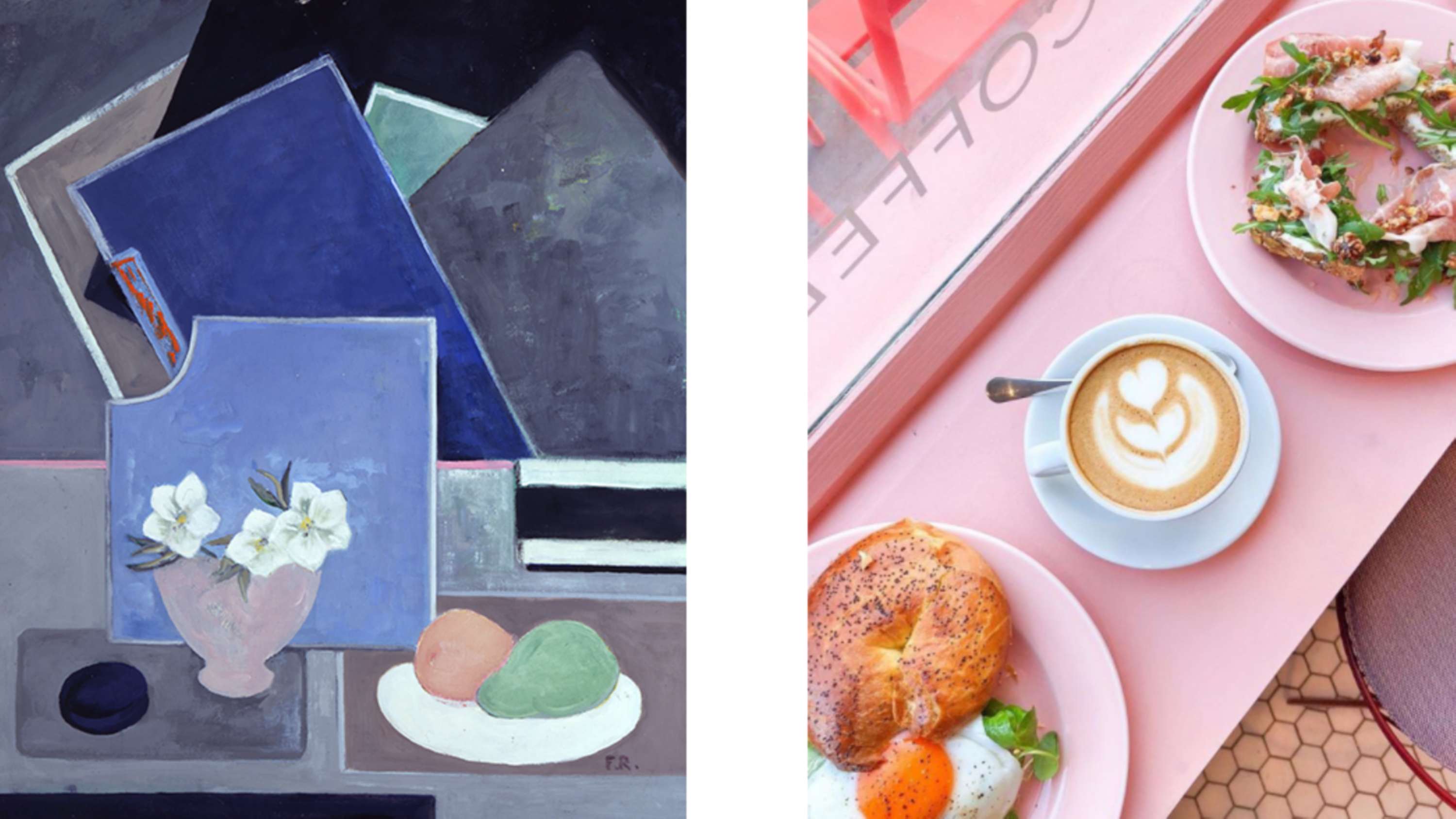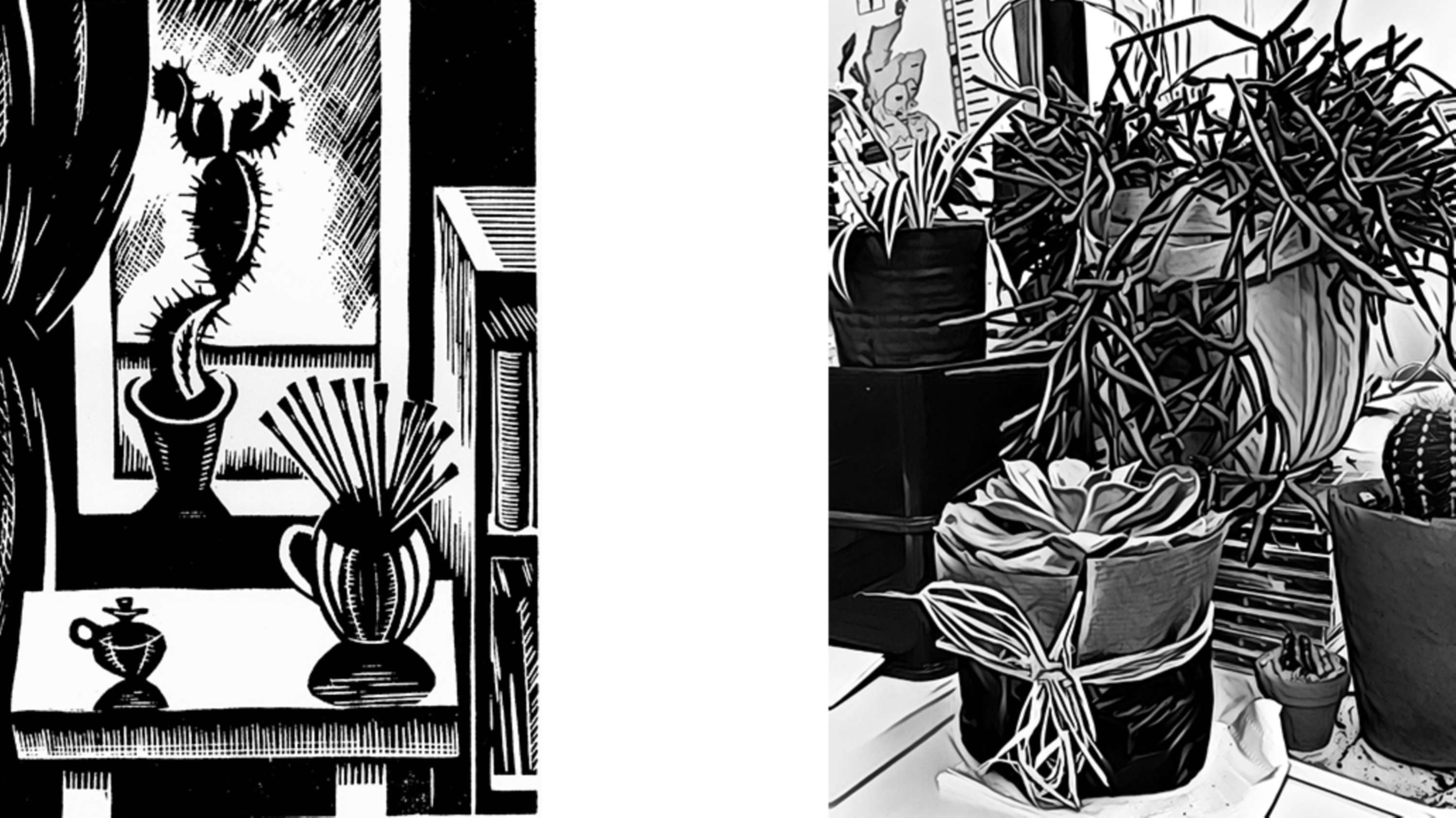From the early Dutch masters to the innovations of Cézanne, the still life has been with us for many years. Nowadays, Instagram is seeing an explosion in the form. So here's a quick guide to creating your own social media masterpiece, inspired by the greats.
Why not get inspired with a National Art Pass for your next Instagram masterpiece. You can get free entry to over 240 museums, galleries and historic houses across the UK as well as 50% off entry to major exhibitions.
1. Subject matter
First up, subject matter. What subject would you like to tackle? Just as themes and subjects differ between the works of the great artists, the same goes for the best Instagram images. How do the objects relate to one another? Does it make sense that they're presented together? That's why fruit, flowers, jugs and bottles are so common. From Galizia to Goya to Gaugin, this staple still life subject has been with us for years. Renoir's Apples and Tea-cup [above] takes a typically Impressionistic approach. Of course, there are loads of different subjects out there, but whatever you decide to ake the basis of your shot, choosing a consistent subject and sticking to it is a great place to start.

Left: Apples and Tea-cup by Pierre Auguste Renoir / Right: image by @makeitsimple
2. Composition
Now – as Leonardo da Vinci would surely have said – a properly planned composition is key. Instagram shots, especially 'flatlays' are quite flexible, because you can create an excellent layout with items either spilling out of the frame [like the doughnuts in the image above-right], collected neatly in a bundle, or even set out rather geometrically, like Leonardo himself. It's important to think about the relationship between the objects. How symmetrical can you make it? What patterns could you create? The Dutch still-life artist Cornelis de Heem, for instance, carefully positions flowers and fruit into a loose pyramid structure [above-left]. The setting or background on which objects are arranged should also be considered. What will you use – your bed perhaps? A grainy wooden table? A sleek marble worktop? Each will give a different feel to your shot. Think about how this background relates to, or sets-off, the particular objects you've chosen to feature.

Left: A Still Life of Flowers and Fruit arranged on a Stone Plinth in a Garden by Cornelis de Heem / Right: image by @orneiineii
3. Light and colour
You don’t need a super-pro camera to pull off a shareable image. By putting a little thought into where the light comes from and how it falls on your composition, you can create a stunning flatlay (or 'flatsterpiece') with just your phone camera. Natural light is best, where possible. By placing your project near a window [above-right], you can easily achieve a bright, crisp look. Want a golden glimmer like the light in Cézanne’s fruit still lifes? Wait until the sun begins to set to capture the glow spreading across your composition. Think also about how different colours work together. This is known as 'colour harmony' and refers to the ways in which different colours can be combined to produce different visual effects and achieve different moods, like the muted blues and greys in Frances Wright Richardson's Christmas Roses [above-left].

Left: Christmas Roses by Frances Wright Richardson / Right: image by @iamkristabel
4. Final touches
You’ve captured the scene beautifully – perfect subject matter, great composition, beautiful lighting and harmonious colours – but what about those little touch-ups, like sharpening the image, altering the contrast or brightness? Perhaps even adding a filter to give the shot a more abstract look? Thankfully, there's a plethora of effects and apps that allow us to take our photos to the next level. The shot above right mimics the monochrome style of Edward Wadsworth's print Cactus [above left]. It was achieved using the free app Prisma, which allows different artistic styles to be applied to shots taken on a smartphone.

Left: Cactus by Edward Wadsworth © DACS / Right: image by Ben Murray